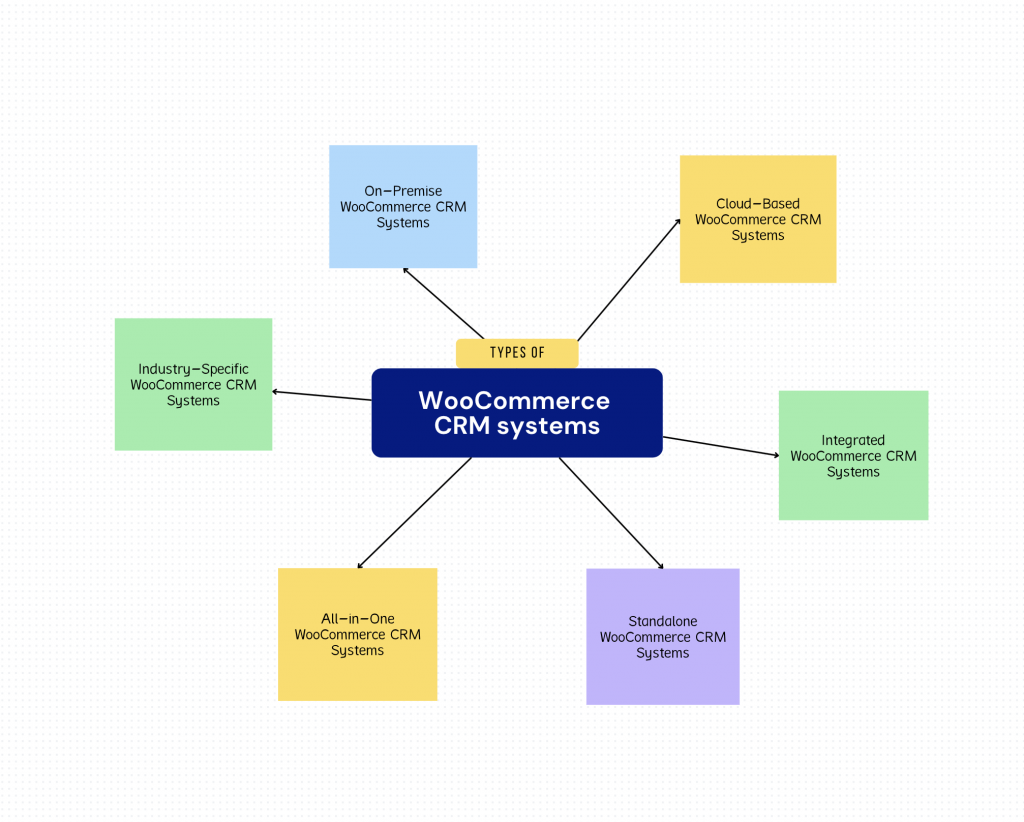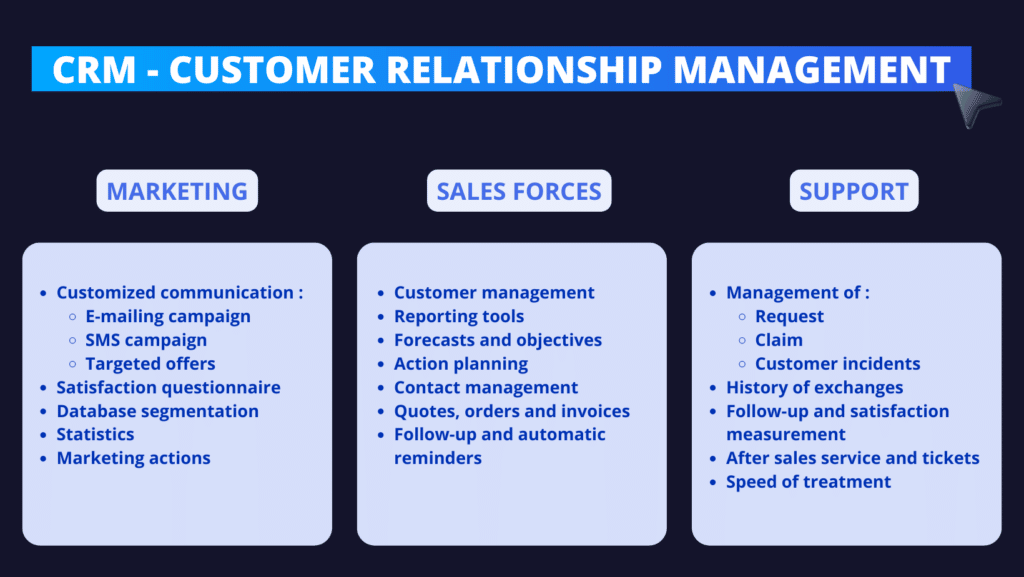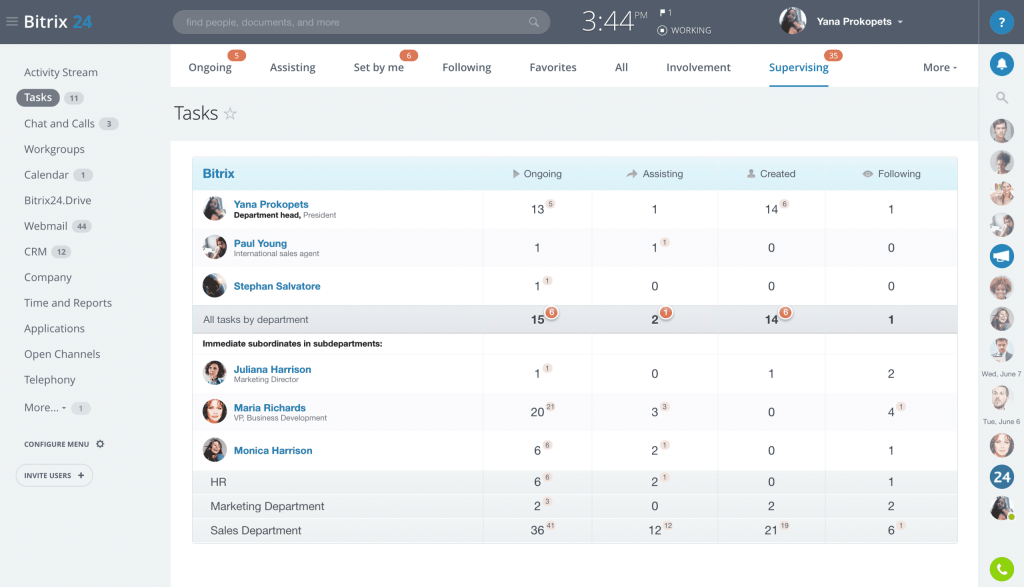CRM Marketing Integration: Your Ultimate Guide to Seamless Customer Relationship Management

CRM Marketing Integration: Your Ultimate Guide to Seamless Customer Relationship Management
In today’s fast-paced digital landscape, businesses are constantly seeking ways to streamline operations, enhance customer experiences, and maximize their return on investment (ROI). One of the most effective strategies for achieving these goals is CRM marketing integration. This comprehensive guide delves into the intricacies of CRM marketing integration, exploring its benefits, implementation strategies, and best practices. Whether you’re a small business owner or a seasoned marketing professional, this article will provide you with the knowledge and insights you need to leverage the power of integrated CRM and marketing systems.
What is CRM Marketing Integration?
CRM marketing integration is the process of connecting your Customer Relationship Management (CRM) system with your marketing automation platform. This integration allows for the seamless flow of data between the two systems, providing a unified view of your customers and enabling you to personalize marketing efforts, improve lead generation, and boost sales. Essentially, it’s about breaking down the silos between your sales and marketing teams, fostering collaboration, and creating a more customer-centric approach.
Without integration, your sales and marketing teams often operate in separate worlds. Sales teams may have valuable customer data in their CRM, while marketing teams have insights into customer behavior and engagement through their marketing automation platform. This disconnect leads to inefficiencies, missed opportunities, and a fragmented customer experience. With CRM marketing integration, you can bridge this gap and create a more cohesive and effective marketing strategy.
Benefits of CRM Marketing Integration
The advantages of integrating your CRM and marketing systems are numerous and far-reaching. Here are some of the key benefits:
- Improved Lead Generation and Qualification: Integrated systems allow you to track leads from initial contact to conversion. Marketing automation can nurture leads through targeted campaigns, while CRM provides sales teams with valuable insights into lead behavior and engagement. This leads to more qualified leads and a higher conversion rate.
- Enhanced Customer Segmentation: With integrated data, you can segment your customer base more effectively. You can create highly targeted marketing campaigns based on customer demographics, behavior, purchase history, and other relevant factors. This level of personalization leads to higher engagement and better results.
- Personalized Marketing Campaigns: Integrated systems enable you to personalize your marketing messages and offers. By leveraging customer data from your CRM, you can tailor your content, emails, and website experiences to individual customer preferences and needs. This personalization drives higher open rates, click-through rates, and conversions.
- Increased Sales Efficiency: Integrated CRM and marketing systems streamline the sales process. Sales teams can access real-time customer data, track lead activity, and automate tasks, such as follow-up emails and appointment scheduling. This frees up sales reps to focus on building relationships and closing deals.
- Improved Customer Experience: By providing a unified view of the customer, integrated systems enable you to deliver a more consistent and personalized customer experience across all touchpoints. This leads to increased customer satisfaction, loyalty, and advocacy.
- Data-Driven Decision Making: Integrated systems provide valuable insights into your marketing performance and customer behavior. You can track key metrics, such as lead generation, conversion rates, and ROI, and use this data to make informed decisions about your marketing strategy.
- Reduced Manual Work: Integration automates many manual tasks, such as data entry and lead assignment. This saves time and reduces the risk of errors.
- Better Collaboration between Sales and Marketing: Integration fosters collaboration and alignment between sales and marketing teams. Both teams have access to the same customer data, which leads to better communication and a more unified approach to customer engagement.
Key Features of CRM Marketing Integration
To get the most out of your CRM marketing integration, you’ll need to ensure that the integration includes the following key features:
- Contact and Lead Syncing: This is the foundation of the integration. It ensures that contact and lead information is automatically synchronized between your CRM and marketing automation platform. Any changes made in one system are reflected in the other, keeping your data consistent and up-to-date.
- Behavioral Tracking: This feature tracks customer behavior, such as website visits, email opens and clicks, and social media engagement. This information is then used to trigger automated marketing campaigns and personalize customer experiences.
- Lead Scoring: Lead scoring helps you prioritize your leads based on their engagement and behavior. Leads are assigned a score based on their interactions with your marketing content and website. This allows sales teams to focus on the most promising leads first.
- Workflow Automation: Workflow automation allows you to automate repetitive tasks, such as lead assignment, follow-up emails, and appointment scheduling. This frees up your team to focus on more strategic activities.
- Reporting and Analytics: Integrated systems provide comprehensive reporting and analytics, allowing you to track key metrics, such as lead generation, conversion rates, and ROI. This data helps you optimize your marketing efforts and make data-driven decisions.
- Campaign Management: The ability to manage and track marketing campaigns within the integrated system is crucial. This includes features like campaign performance tracking, A/B testing, and segmentation.
How to Implement CRM Marketing Integration
Implementing CRM marketing integration can seem daunting, but by following a structured approach, you can ensure a smooth and successful integration. Here are the key steps:
- Define Your Goals and Objectives: Before you begin, clearly define your goals and objectives for the integration. What do you want to achieve? Are you looking to improve lead generation, increase sales, or enhance customer experience? Having clear goals will help you choose the right integration solution and measure your success.
- Choose the Right Platforms: Select the CRM and marketing automation platforms that best meet your needs. Consider factors such as features, pricing, scalability, and ease of use. Make sure the platforms are compatible and offer robust integration capabilities.
- Assess Your Data: Evaluate the quality and completeness of your data in both systems. Identify any data inconsistencies or gaps that need to be addressed. This will ensure a smooth data transfer during the integration process.
- Plan the Integration: Develop a detailed integration plan that outlines the steps involved, the data fields to be synchronized, and the workflow automation rules to be implemented. This plan should also include a timeline and a budget.
- Choose an Integration Method: There are several ways to integrate your CRM and marketing automation platforms. You can use native integrations, third-party integration tools, or custom integrations. Native integrations are often the easiest to set up, while custom integrations offer the most flexibility.
- Set Up the Integration: Follow the instructions provided by your chosen integration method to set up the connection between your CRM and marketing automation platforms. This may involve configuring data mapping, setting up workflow automation rules, and testing the integration.
- Test and Refine: Thoroughly test the integration to ensure that data is flowing correctly and that workflow automation rules are working as expected. Make any necessary adjustments and refinements before launching the integration.
- Train Your Team: Train your sales and marketing teams on how to use the integrated system. Provide them with the necessary resources and support to ensure they can effectively leverage the new capabilities.
- Monitor and Optimize: Continuously monitor the performance of the integration and make any necessary adjustments to optimize its effectiveness. Track key metrics, such as lead generation, conversion rates, and ROI, and use this data to refine your marketing strategy.
Choosing the Right Tools for CRM Marketing Integration
Selecting the right tools is crucial for successful CRM marketing integration. Here are some popular CRM and marketing automation platforms to consider:
- CRM Platforms:
- Salesforce: A leading CRM platform known for its comprehensive features, scalability, and extensive integration capabilities.
- HubSpot CRM: A free and user-friendly CRM platform that integrates seamlessly with HubSpot’s marketing automation tools.
- Zoho CRM: A versatile and affordable CRM platform with a wide range of features and integrations.
- Microsoft Dynamics 365: A powerful CRM platform that integrates with other Microsoft products and services.
- Pipedrive: A sales-focused CRM platform that is easy to use and ideal for small businesses.
- Marketing Automation Platforms:
- HubSpot Marketing Hub: A comprehensive marketing automation platform that integrates seamlessly with HubSpot CRM.
- Marketo: A robust marketing automation platform designed for enterprise-level businesses.
- Pardot (Salesforce): A marketing automation platform that integrates with Salesforce CRM.
- ActiveCampaign: A user-friendly marketing automation platform that offers a wide range of features and integrations.
- Mailchimp: A popular email marketing platform that offers basic marketing automation features.
- Integration Tools:
- Zapier: A popular integration platform that connects thousands of apps and services.
- PieSync: A two-way contact sync platform that keeps your CRM and marketing automation data in sync.
- Integromat: A visual integration platform that allows you to automate workflows between apps and services.
The best choice for your business will depend on your specific needs, budget, and technical expertise. Consider factors such as features, pricing, scalability, and ease of use when making your decision.
Best Practices for CRM Marketing Integration
To maximize the benefits of CRM marketing integration, follow these best practices:
- Start Small: Don’t try to integrate everything at once. Start with a few key features and gradually expand the integration as you become more comfortable.
- Prioritize Data Quality: Ensure that your data is accurate, consistent, and complete. This will improve the effectiveness of your marketing campaigns and sales efforts.
- Define Clear Roles and Responsibilities: Clearly define the roles and responsibilities of your sales and marketing teams. This will help avoid confusion and ensure that everyone is working towards the same goals.
- Automate Whenever Possible: Use workflow automation to streamline your processes and free up your team to focus on more strategic activities.
- Personalize Your Marketing Messages: Leverage customer data from your CRM to personalize your marketing messages and offers.
- Track and Analyze Your Results: Track key metrics, such as lead generation, conversion rates, and ROI, and use this data to optimize your marketing efforts.
- Provide Ongoing Training and Support: Provide ongoing training and support to your sales and marketing teams to ensure they can effectively use the integrated system.
- Regularly Review and Refine: Regularly review your integration and make any necessary adjustments to optimize its effectiveness.
Common Challenges and How to Overcome Them
While CRM marketing integration offers many benefits, it can also present some challenges. Here are some common challenges and how to overcome them:
- Data Silos: Data silos can prevent your sales and marketing teams from accessing the same customer data. To overcome this challenge, ensure that your CRM and marketing automation platforms are properly integrated and that data is synchronized between the two systems.
- Data Inconsistencies: Data inconsistencies can lead to inaccurate reporting and a fragmented customer experience. To address this, establish data quality standards and implement data validation rules.
- Lack of Technical Expertise: Implementing CRM marketing integration can require technical expertise. If you lack the necessary expertise, consider hiring a consultant or working with a vendor who can assist you.
- Resistance to Change: Some team members may resist the changes that come with CRM marketing integration. To overcome this, communicate the benefits of the integration and provide adequate training and support.
- Integration Complexity: Integrating your CRM and marketing automation platforms can be complex. To simplify the process, start small, choose the right integration method, and thoroughly test the integration before launching it.
- Budget Constraints: Implementing CRM marketing integration can be expensive. To manage your budget, carefully plan your integration, choose cost-effective tools, and prioritize features that provide the most value.
The Future of CRM Marketing Integration
The future of CRM marketing integration is bright. As technology continues to evolve, we can expect to see even more sophisticated integration capabilities and a greater focus on personalization and customer experience. Here are some trends to watch:
- Artificial Intelligence (AI): AI will play an increasingly important role in CRM marketing integration, enabling businesses to automate tasks, personalize marketing messages, and gain deeper insights into customer behavior.
- Machine Learning (ML): ML will be used to predict customer behavior, optimize marketing campaigns, and improve lead scoring.
- Hyper-Personalization: Businesses will increasingly focus on hyper-personalization, tailoring their marketing messages and offers to individual customer preferences and needs.
- Omnichannel Marketing: Businesses will adopt omnichannel marketing strategies, providing a seamless customer experience across all touchpoints.
- Data Privacy and Security: Data privacy and security will become even more important, and businesses will need to implement robust security measures to protect customer data.
Conclusion
CRM marketing integration is a powerful strategy for businesses looking to improve lead generation, increase sales, and enhance customer experiences. By integrating your CRM and marketing automation platforms, you can create a more cohesive and effective marketing strategy, personalize your marketing efforts, and gain valuable insights into your customer behavior. By following the steps outlined in this guide and implementing the best practices, you can successfully integrate your CRM and marketing systems and unlock the full potential of your customer data. Embrace the power of integration, and watch your business thrive in the ever-evolving world of customer relationship management.





